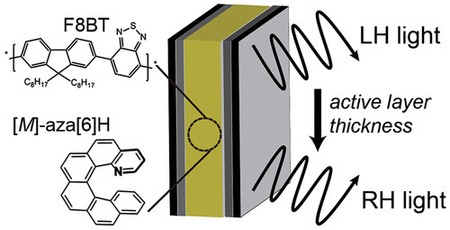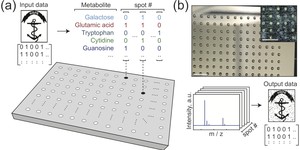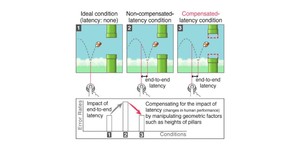Researchers boost OLED efficiency with polarisation
July 5, 2019 | 11:58
Companies: #imperial-college-london

Researchers at Imperial College London have come up with a technique to boost the brightness of organic LED (OLED) displays while simultaneously lowering their power draw, through the production of polarised light.
Traditional liquid-crystal displays (LCDs) work by having a rear light which shines through an array of LCD pixels capable of going from near-transparent to near-opaque for black and white and with red, green, and blue - plus sometimes additional colour - sub-pixels for the creation of colour images. Organic LED (OLED) panels, by contrast, do not rely on a traditional rear light; instead, each individual pixel produces its own light. The result: A display which offers the ability to display a black half and a white half without making the former look grey or the latter look dim.
Most OLED displays, particularly those used in smartphones and other devices likely to be used outdoors, are placed in an assembly with an anti-glare filter. This filter robs each OLED pixel of around half its light output - either making the display dimmer than it would otherwise be, or requiring twice the energy to increase the brightness again. The solution, according to researchers at Imperial College London: A modified OLED which can create polarised light, passing through the anti-glare filter undimmed.
'Our study suggests, for the first time, that by changing our OLED recipe we can generate efficient polarising OLEDs,' claims Dr. Jess Wade of the work, which was carried out by the departments of physics and chemistry. 'The findings could make screens of all kinds brighter, with better contrast and longer life.'
The work extends beyond display technology, too: The team notes in its paper that the materials used and the approaches taken could be applicable to other areas where polarised light is required, including optical computing. There is, however, no current timescale for commercialisation.
The team's paper, Inverting the Handedness of Circularly Polarised Luminescence from Light-Emitting Polymers Using Film Thickness, has been published in the journal ACS Nano.

MSI MPG Velox 100R Chassis Review
October 14 2021 | 15:04








Want to comment? Please log in.